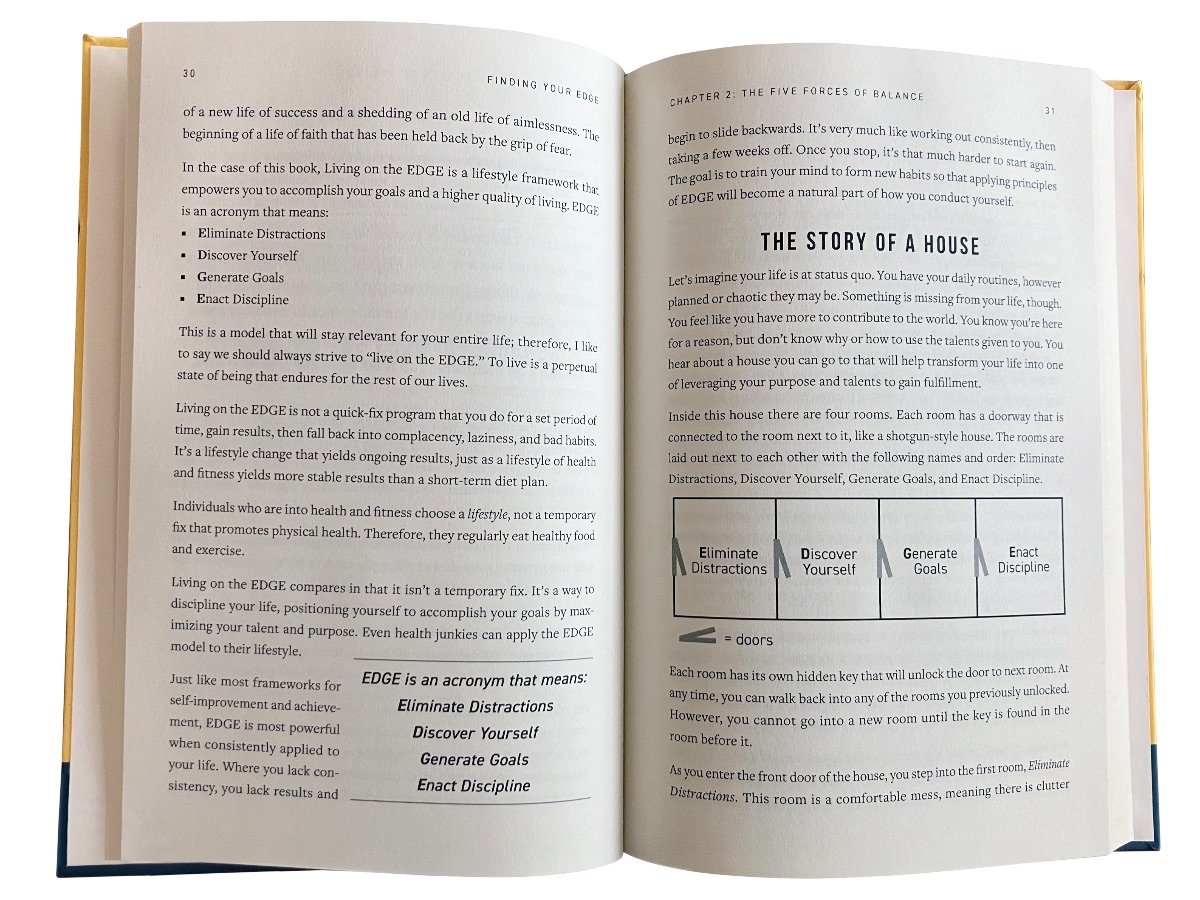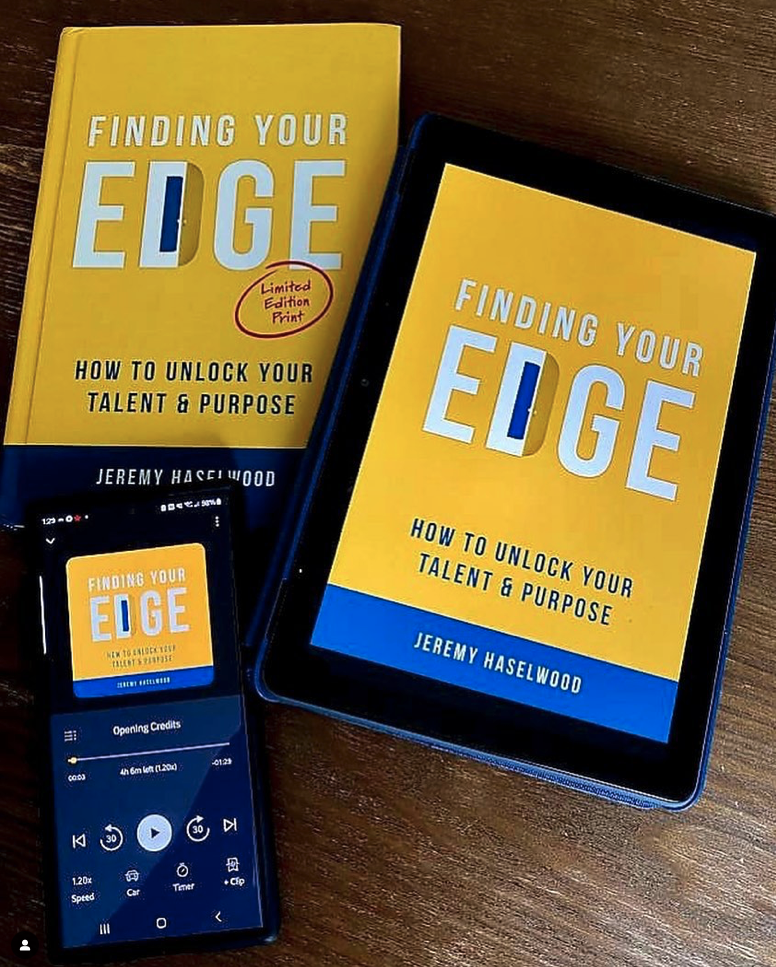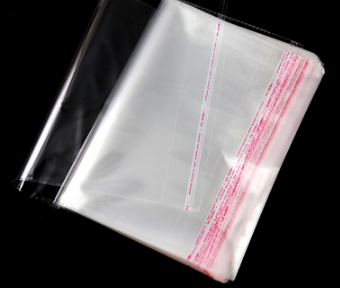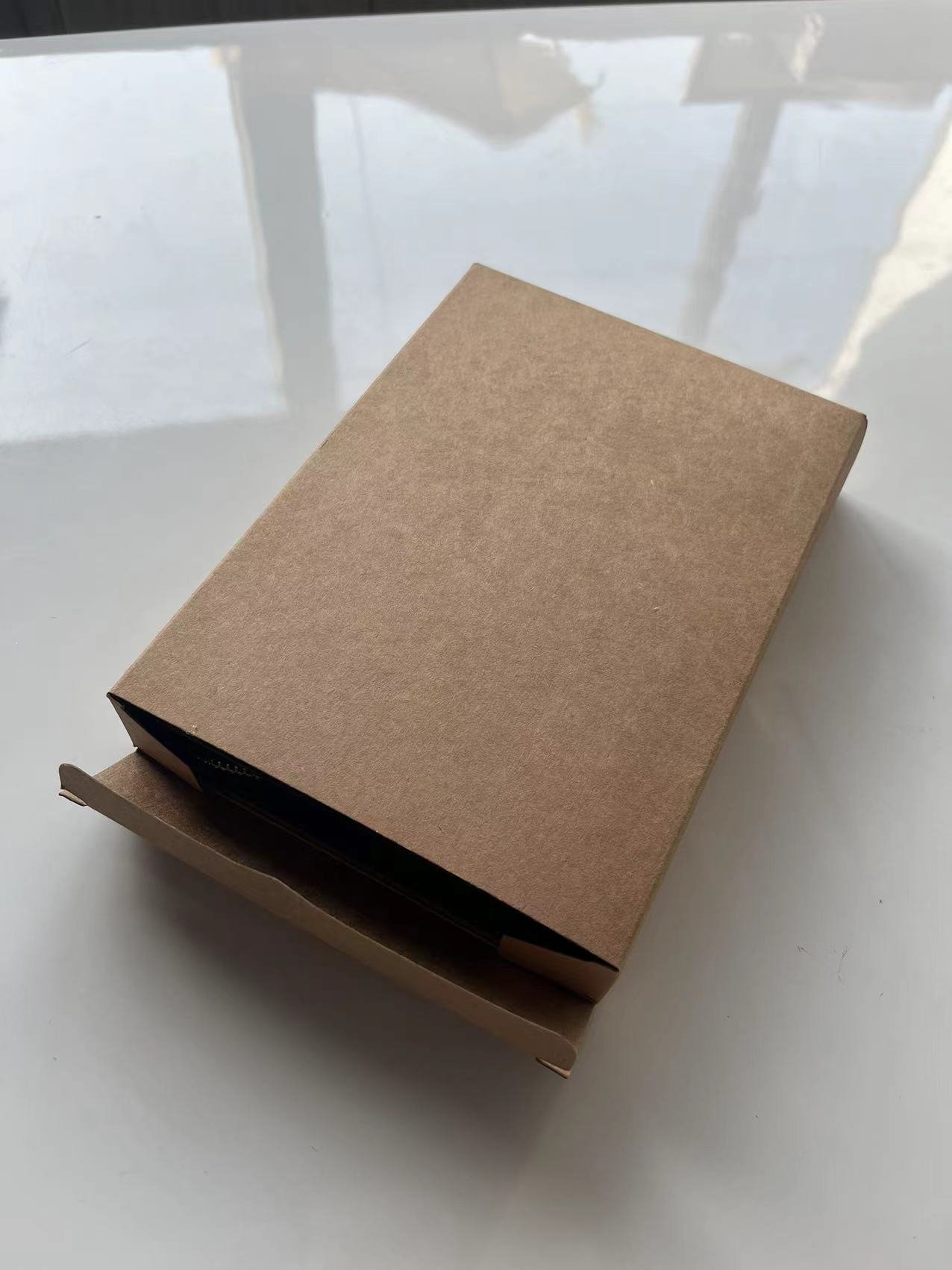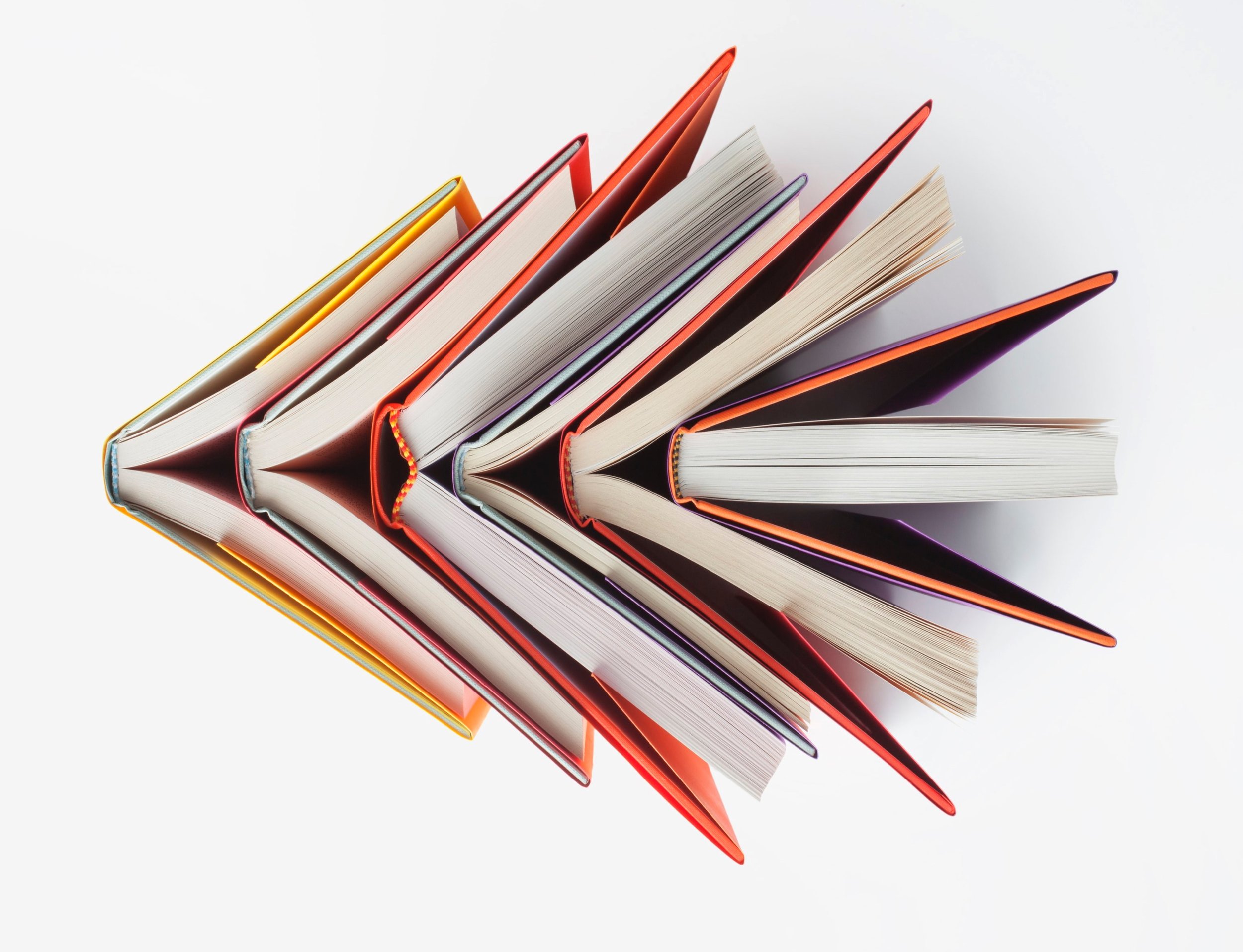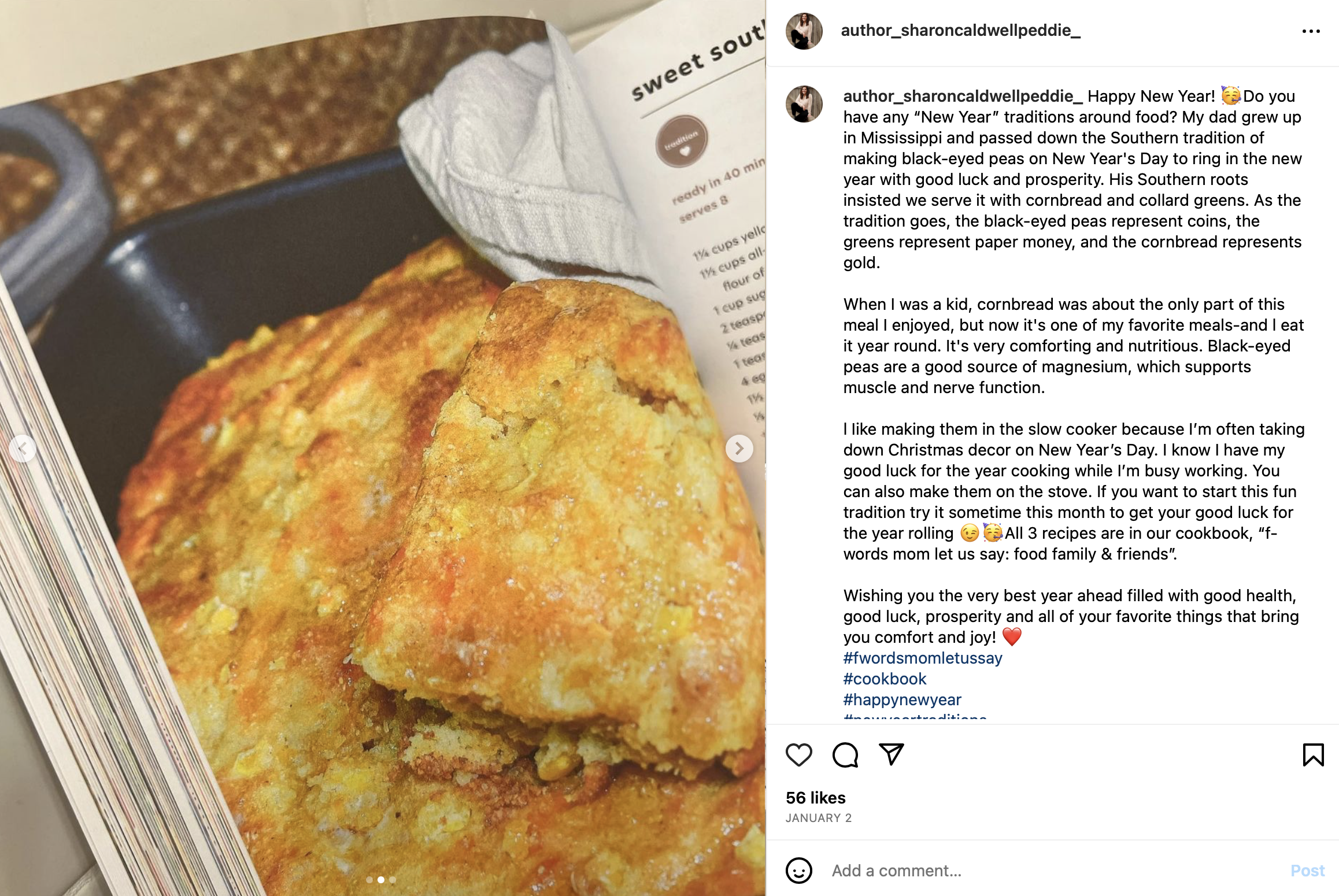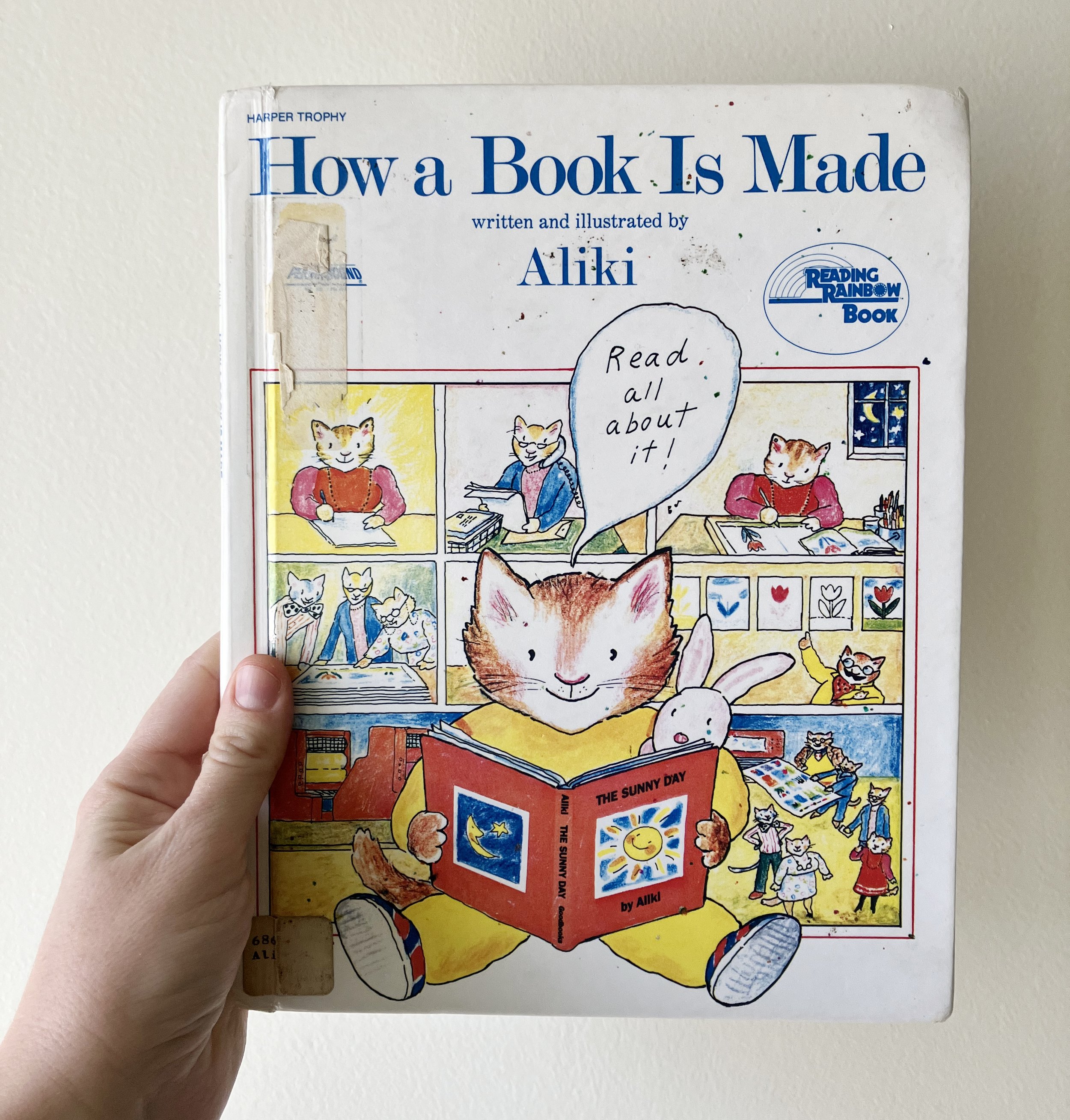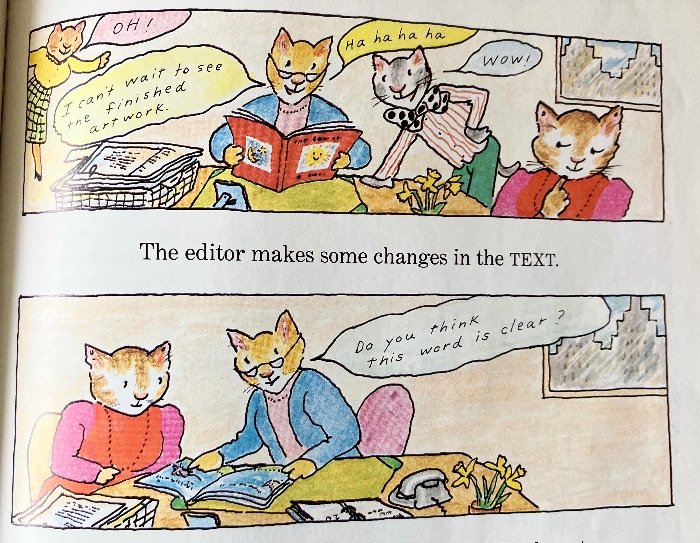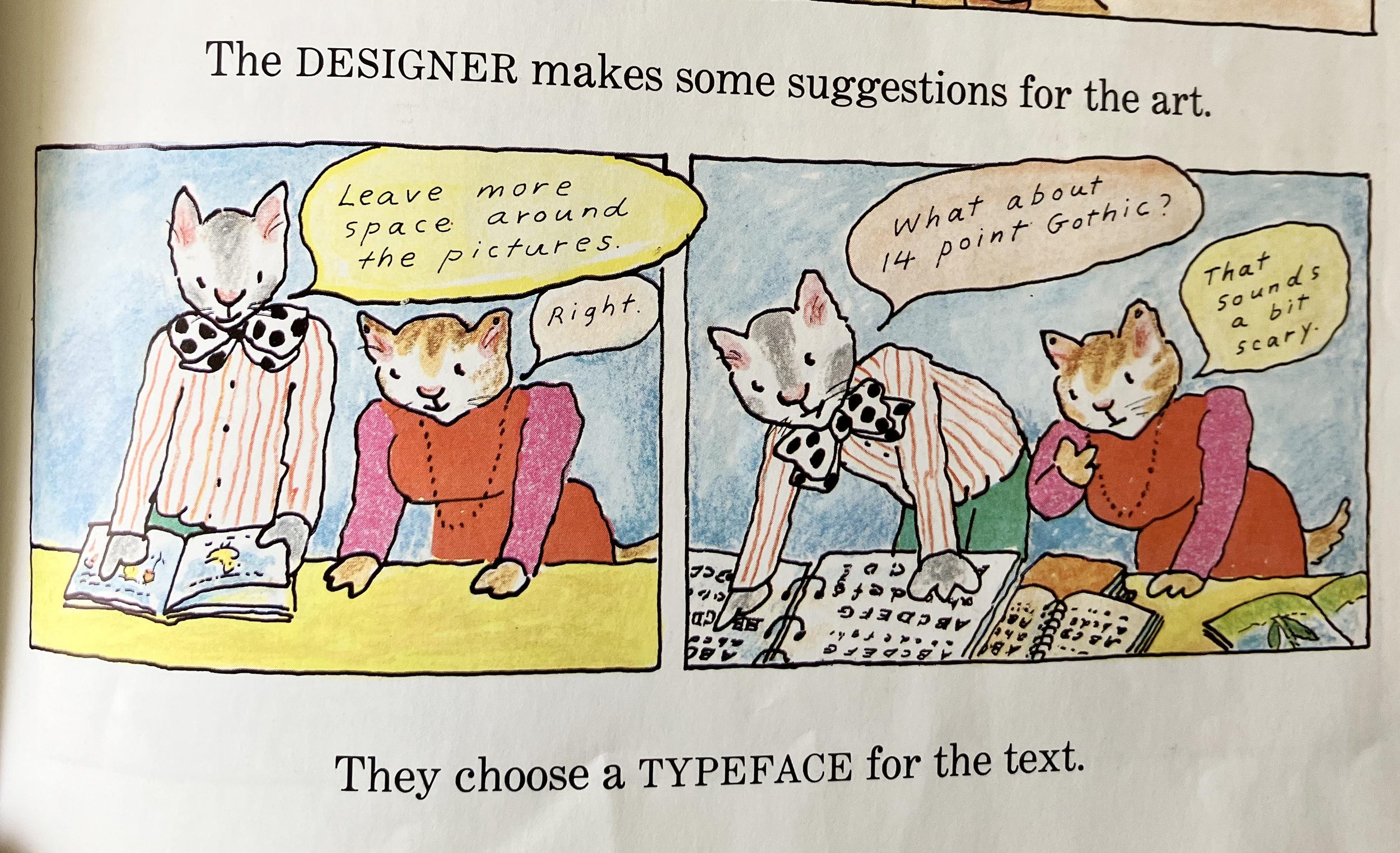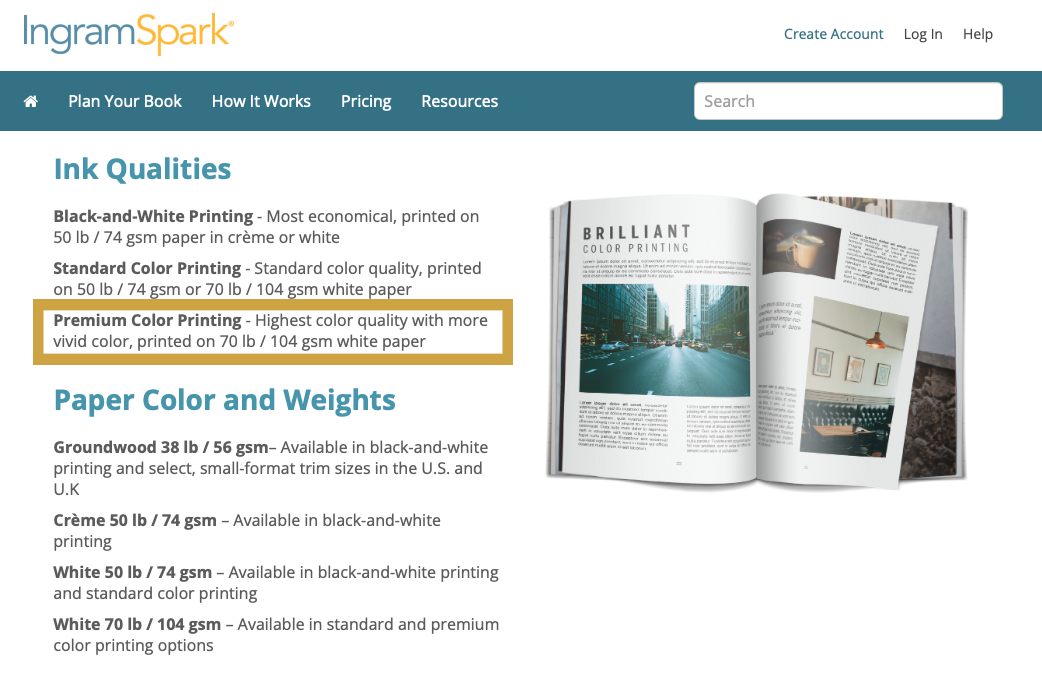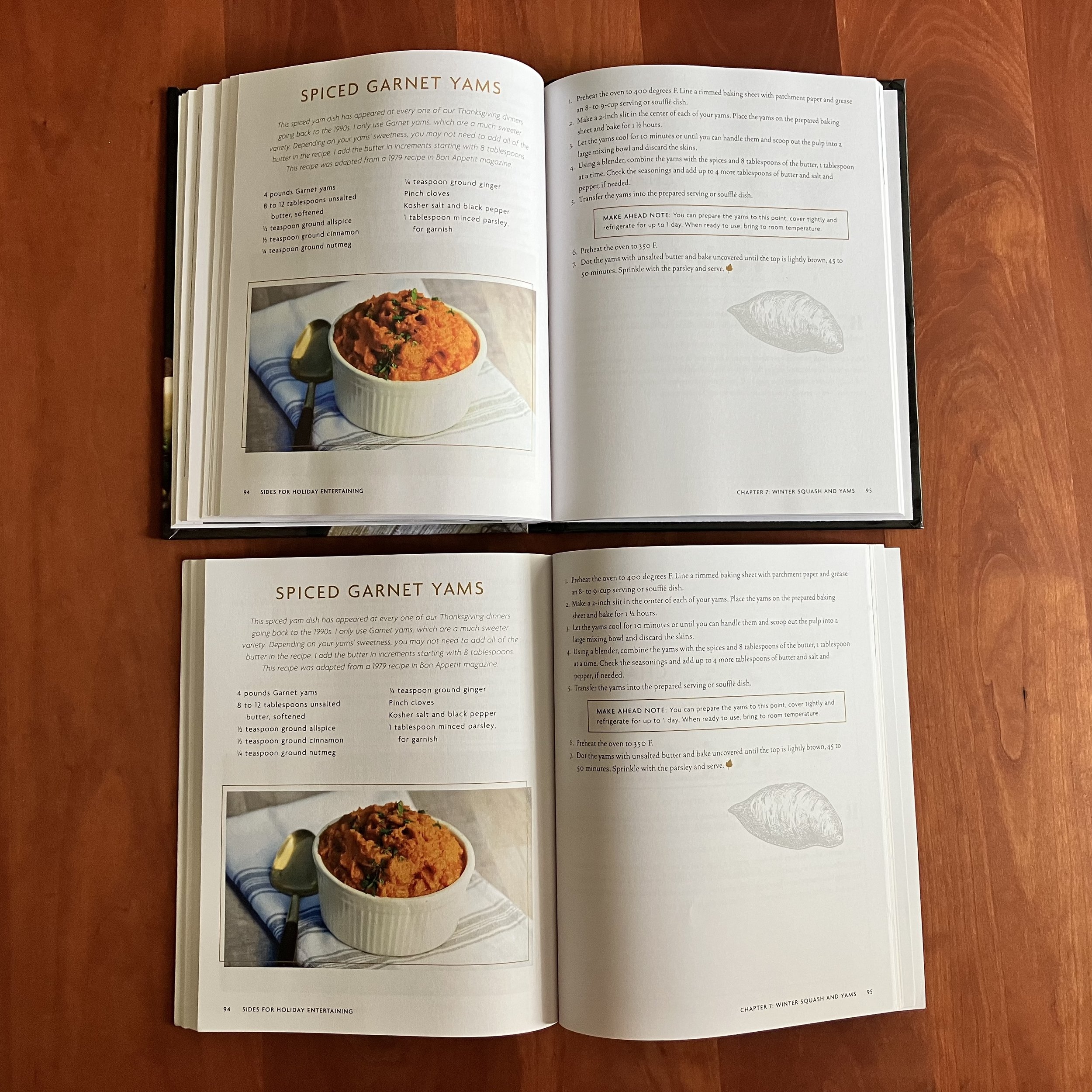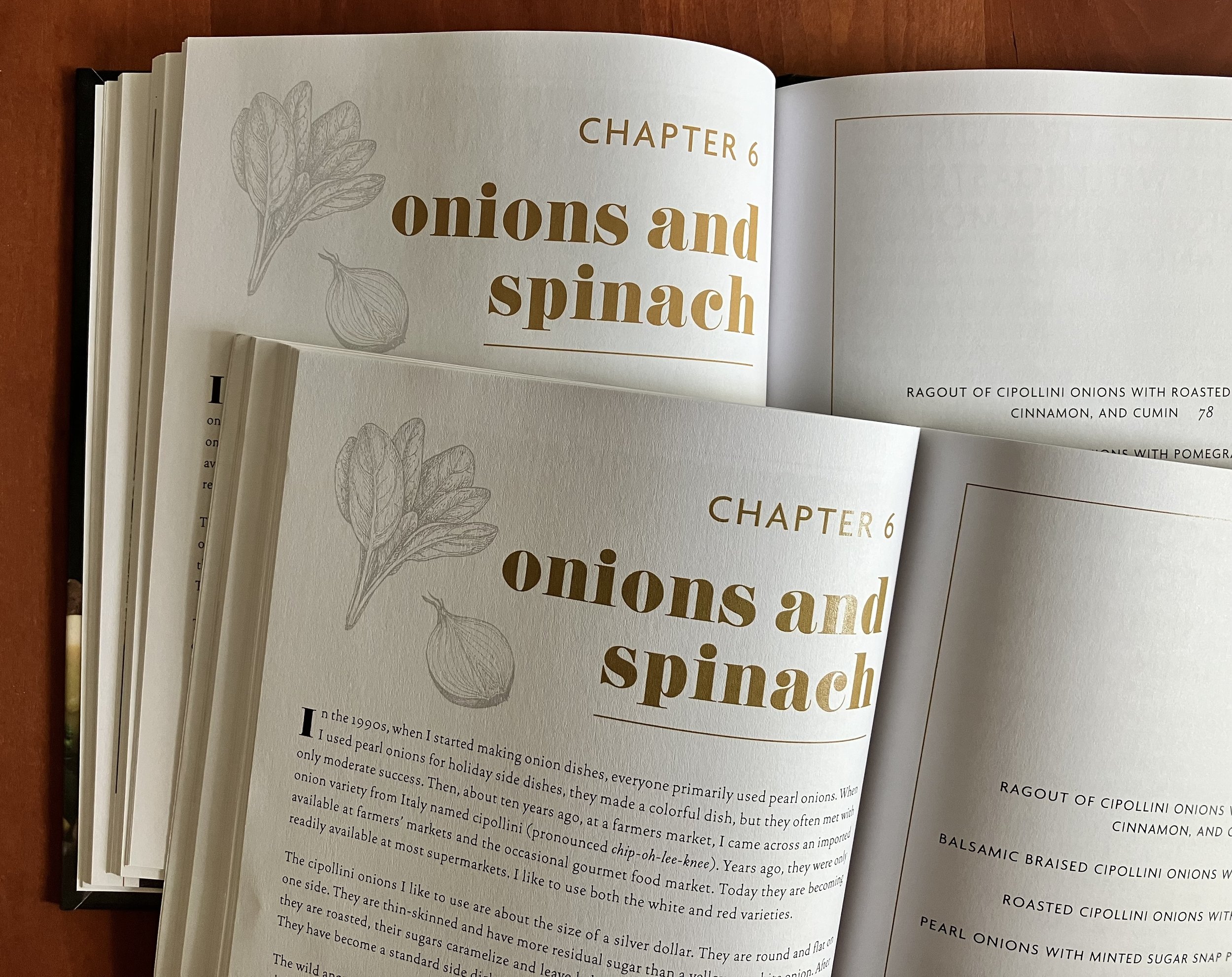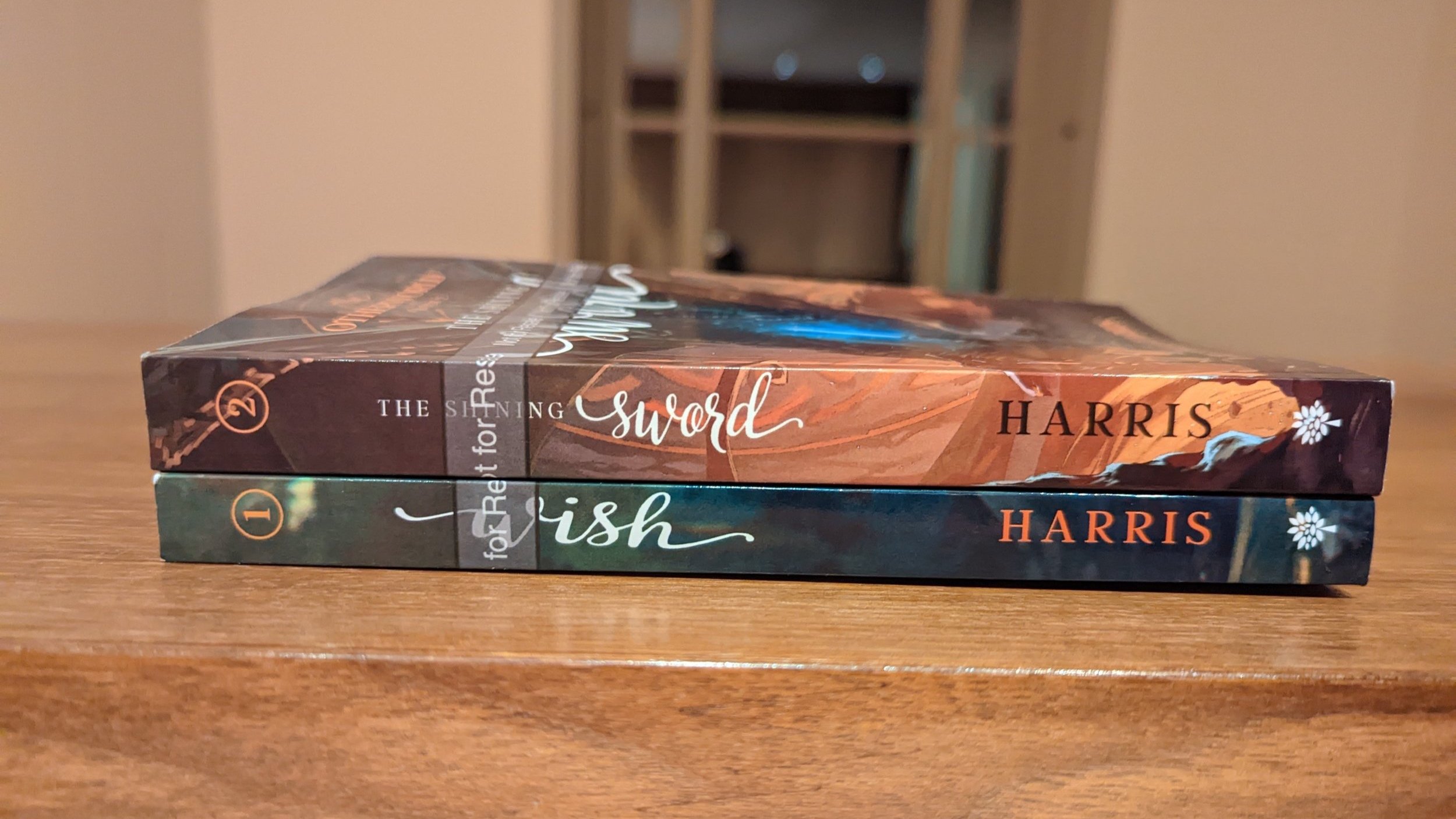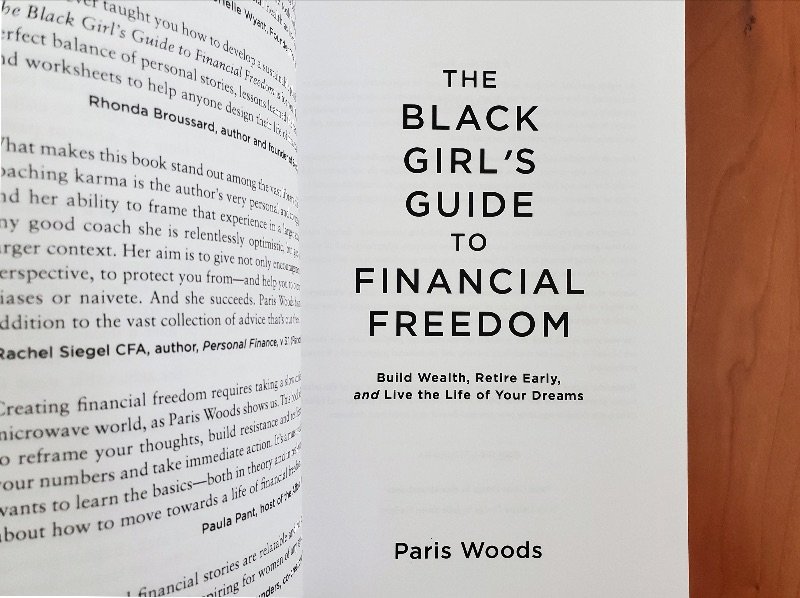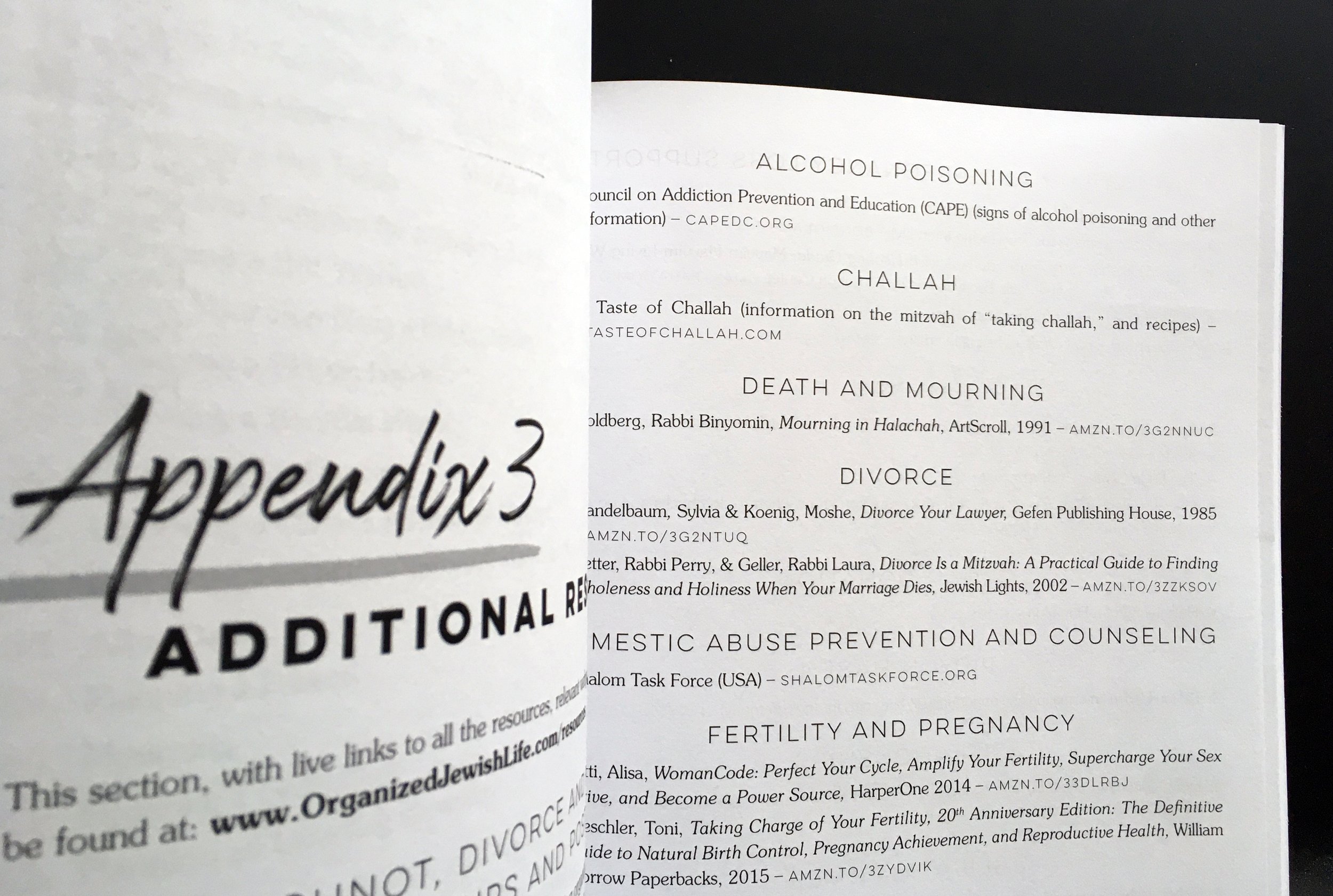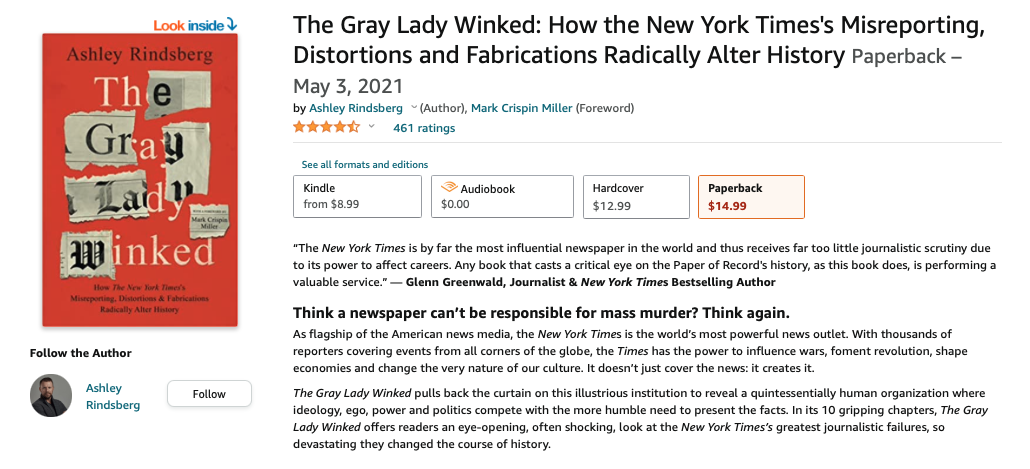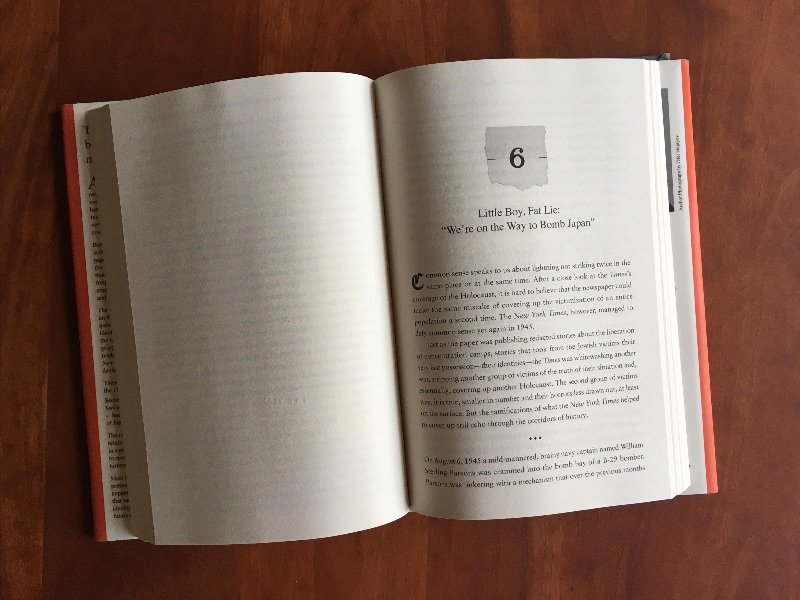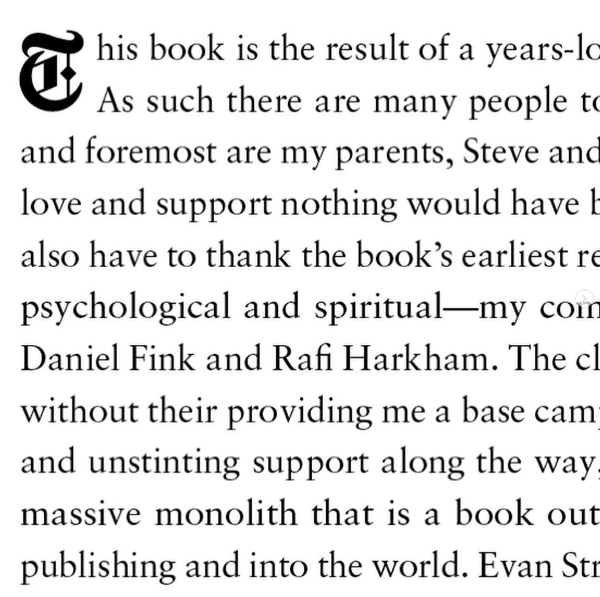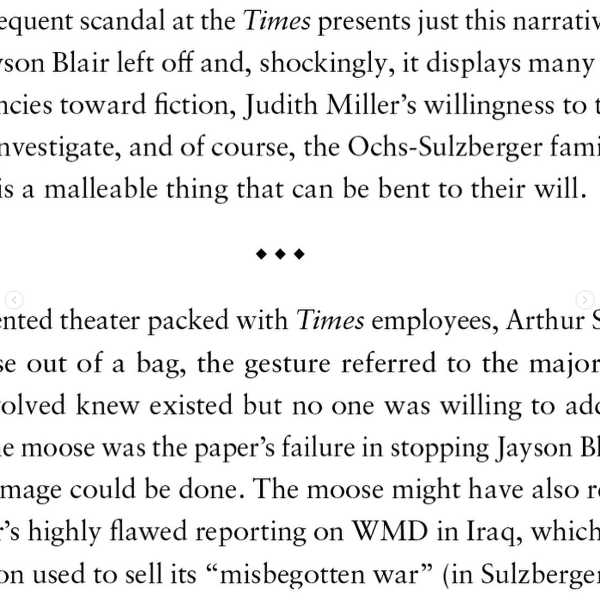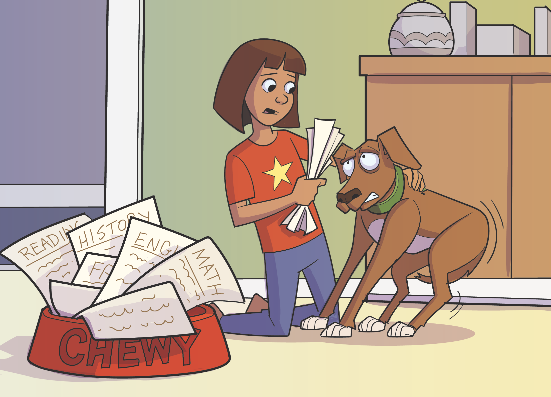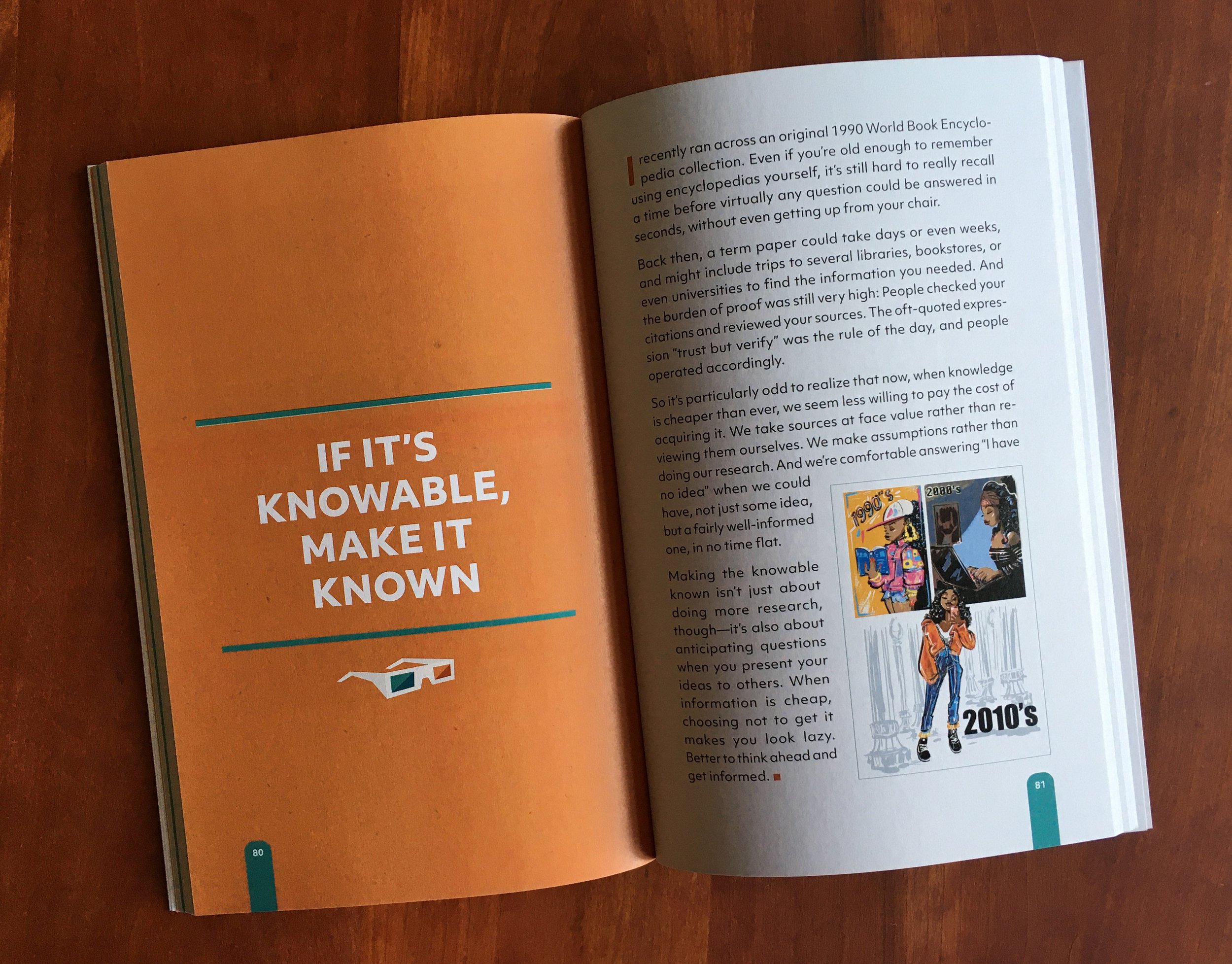Julie: I occasionally come across a first-time author who does not understand the value of hiring an editor. How would you explain how essential an editor’s services really are to an author? I mean, they can write, right? Isn’t hiring a proofreader to fix a few comma errors here and there enough?
Chandi: First, writers should do a little reading on the differences between editing and proofreading. This will save them money and time. You don’t need a proofreader until the very end of your project—right before formatting and designing. You need a developmental editor at the beginning. And a line and content editor in the middle.
Anyone can write. But most can’t write well—at least not on their own. As the writer, the creator of your masterpiece, you know everything. You know the characters and plot. You know your advice and expertise. You are too close to be objective and really see your creation through your reader’s eyes. A great copy editor can draw your attention to things you didn’t know you needed to address. They can fix character flaws, point out that copywriting and copyrights are different, save you some unwanted criticism for poorly-worded phrases. And your copy editor will point out that if your character has blue eyes on page one, they must have blue eyes on page 75—unless you have a really good reason for the transformation. A great copy editor will also let you know where you are breaking with your target audience—where your writing is causing you to lose credibility and the trust relationship is weakened.
Copy editing is more than just fixing a few commas and running a manuscript through spell check. It’s making sure that your message is being communicated effectively.
How can an author actually save money in the long run by hiring a copy editor earlier on in the manuscript preparation process?
Right now I am working with an author who had their nonfiction book designed and their cover art finished. They were ready to go to print. Then someone noticed an error. Then another. And another. This author hired me to proofread. After completing the project, I let the writer know of some major issues in their manuscript. I gave them clear feedback and they said they had “wondered if this wasn’t an issue.” This writer had used friends and colleagues to edit for them. The advice they received was wrong. Now we are doing a full overhaul of this book. All the way back to the chapter outline stage. There is no way around it, all of the book design and layout will have to be done again—though they can keep the cover art. This writer would have saved thousands of dollars and months of work if they had hired a professional from the beginning.
Even when you are at the developmental thoughts-in-your-head stage, talk with an editor. When you draw up your chapter outline or character traits, talk with an editor. These critiques and brainstorming sessions are inexpensive and will make your writing stronger. And if you can start with stronger writing, you will have fewer edits and revisions—that saves time and money. I have prevented a lot of bad plot holes, developed nonfiction book layouts that actually make sense, and saved my writers a lot of frustration by being involved early in the process. Once a plot hole is written into the book it’s much harder to adjust.
How important is it to have an editor who has experience with your particular book’s subject matter? I have noticed that sometimes editors give significant feedback about the content of the book (ie: the appropriateness or veracity of the content), well beyond just fixing sentence structure here and there.
Editing is all about making sure you are communicating your message clearly. If you are writing for an expert audience with lots of industry lingo, you need an expert copy editor who knows the industry. If you are drafting a terrifying thriller, you need someone who knows the obligatory scenes of your genre and has a myriad of ways to describe ice running through your veins—don’t use this line, it’s not good. While I am a general factotum, I shouldn’t copy edit a textbook on phlebotomy—though I could proofread one.
Find a genre-specific copy editor in the beginning of your project. Get all the advice you can as they critique your plot, characters, and outline. If they are too expensive for general copy editing, it’s ok. There are some fantastic editors who are multi-disciplined—like me—who can provide excellent service.
I recently had a client bemoan that she had paid a significant amount of money for editing and still did not have the final product she had hoped for. How can first time authors avoid expensive mistakes like this one? Does an editor guarantee their work somehow?
That’s frustrating for her and, unfortunately, it happens a lot.
Let me answer the second question first because it’s the simpler response. There is no guarantee.
On sales: You can have the most incredible literary masterpiece the world will ever know and never sell more than a few copies to your friends and family. Ultimately it all comes down to marketing, audience purchasing patterns, and whether you are connected to the right people. If Oprah is your mom’s best friend, you might be ok.
On writing: An editor’s job isn’t to change your writing. We help writers to write better and point out what’s wrong and what’s right. We can’t make you accept our edits or suggestions, nor should we. A great copy editor should be invisible in your work. What your work looks like is ultimately up to you. It’s your name on the cover, not mine.
Now, how to avoid hiring an editor and not getting what you want in return. Whew. This is a big question.
First, ask around. Good copy editors have a reputation and you probably know someone who can point you in the right direction. If you are hiring someone on a freelance platform, be clear in your job description. What is your genre? What is your deadline? What is your word count? Being specific will help you attract better matches for your manuscript. Once you have some editors to interview, look at their client feedback. See what their clients are really saying about them. Phrases like “They turned in their work on time” that aren’t followed up by something like “And I would definitely hire them again!” can be a red flag. Ask lots of questions. “Do you use Grammarly?” should be your first one. If they do, let them know that you will know if they just run your book through Grammarly and call it copy editing. This does happen and there is no excuse for it! There is no program currently on the market that can do what a human brain can do. I have had some clients hide a random word in their manuscript just to see if I found it.
Second, be clear with your editor. Tell them exactly what you want them to do. They will tell you whether they can. (I don’t edit and proofread at the same time unless it’s short like a social media post or email.) Most writers want their work edited using track changes (MS Word) or suggestions (Google Docs). They want to see every change. Some writers want their editor to just fix what’s wrong and don’t care about seeing the changes. If you are expecting your editor to rewrite your book, tell them—then be prepared to share the author credits. Be clear. Be communicative. Be open about what you don’t know and let your editor help you through the process.
Third, ask for a test edit. Many editors will do this for free, but you should offer to pay for it. Before agreeing to any contract I ask the writer for a few pages of their work. I want to see the quality and style of their writing. Then I return those few pages with my edits and suggestions. This way they can see my style and opinions. It weeds out a lot of grumpy clients who can’t handle being truly critiqued and bad editors who just pretend to edit by using Grammarly.
Fourth, if you are really concerned, start with a small project. Hire an editor to run some articles you wrote. Or a short story. Don’t go straight for the 84,000 word masterpiece. I have a client who hired six editors to work on articles to find the right one to edit their major works.
Do most editors and proofreaders work on a per word or per hour basis, or a set project price? How can an author be sure that they are paying a fair price?
I think all editors should charge per word or per hour. Sometimes an editor will agree to edit a book for a set price not realizing that the book is 150,000 words. I had a client hire me for a set-price project. What was supposoed to be a 40,000 word book turned out to be 80,000 words. I told them to either double my rate or find a new editor—of course in a much more professional way. I personally prefer per word price for long form copy (think books) and hourly for short form (think articles and social media posts).
The industry standard for copy editing is $0.02–0.05 per word. You can always offer to pay less than this but you won’t get quality for cheap. I had a potential client ask me to edit their book for $0.0015 per word. This is so low it’s way below minimum wage for skilled work. They understood that but defended their position by saying they were offering consistent work. I responded that so was the grocery store but for more money.
If you expect expert work—or even intermediate work—be willing to pay for it. And if you think hiring an expert is expensive, try hiring an amateur. (Not my quote, but good advice.)
I notice a significant difference in manuscripts from experienced authors vs. manuscripts from first-time authors. Experienced authors understand how important it is to have a polished manuscript to give to their designer. How many errors would you consider normal for a proofreader to find after full layout and design?
A good proofreader should identify the majority of your errors. Some suggest one error per 1000 words is acceptable. Others say three errors per 10,000 words. I encourage my nonfiction writers to hire a few proofreaders—hoping more eyes will catch more issues. My fiction writers typically only go through one round of proofreading. Always have your proofreader use track changes or suggestions. Don’t trust them to proof properly. I had a client whose proofreader changed woke to awakened. Awakened was grammatically correct but wrong for the message being conveyed.
You mentioned once that every book has a few errors even in the final print. Is that really true? How many errors might be normal to find in a printed piece that has been professionally edited and proofread?
It’s quite normal for books to go to publishing with some errors. If you buy the first printing of a book you will likely find some—though some of those may be reader errors, not writer errors. And spell check doesn’t catch everything. It’s just how it goes. Not everything is perfect. And if you try to make it perfect, you may end up editing your work to death. At some point you have to say “This is good enough.”
What’s the worst thing a writer can do when going through the editing/revising process?
Once your editor has done their work, don’t make major plot, character, scene, chapter layout changes. This is the worst thing a writer can do. This usually happens after edits and revisions are complete and the writer has let family and friends beta read their book. They get so many new ideas that are sometimes pretty awesome—usually not great—and they just have to add them! Then they send the book off to proofreading not realizing that these changes cause cascading effects for the rest of their book. The chapter transitions may not work now. The character is inconsistent now. The pace and flow will be off. If you must make significant changes after edits and revisions are complete, you need to be willing to pay your editor to review the book again.
Any final advice or thoughts?
Hiring a copy editor is essential. And this person shouldn’t be someone who is emotionally involved with you in any capacity. As an editor, my job is to make you look good, not feel good. I can’t be honest if I am worried about your feelings. Your parent/child/SO/spouse/friend isn’t objective. Of course they want your masterpiece to hang on the fridge. We all do.
Someone recently gave me some great advice: You never know when your work might go viral. So write what you want to be known for. If you don’t like YA fantasy, don’t write it, even if the marketing professionals tell you this is what’s selling.
And just have fun! If you have a book somewhere in you and you just can’t help yourself, put in the time to do it right. Put in the effort to do it well. It can be brutal soul-sucking work! But it’s worth trying. Who knows, you might be really good at it.















